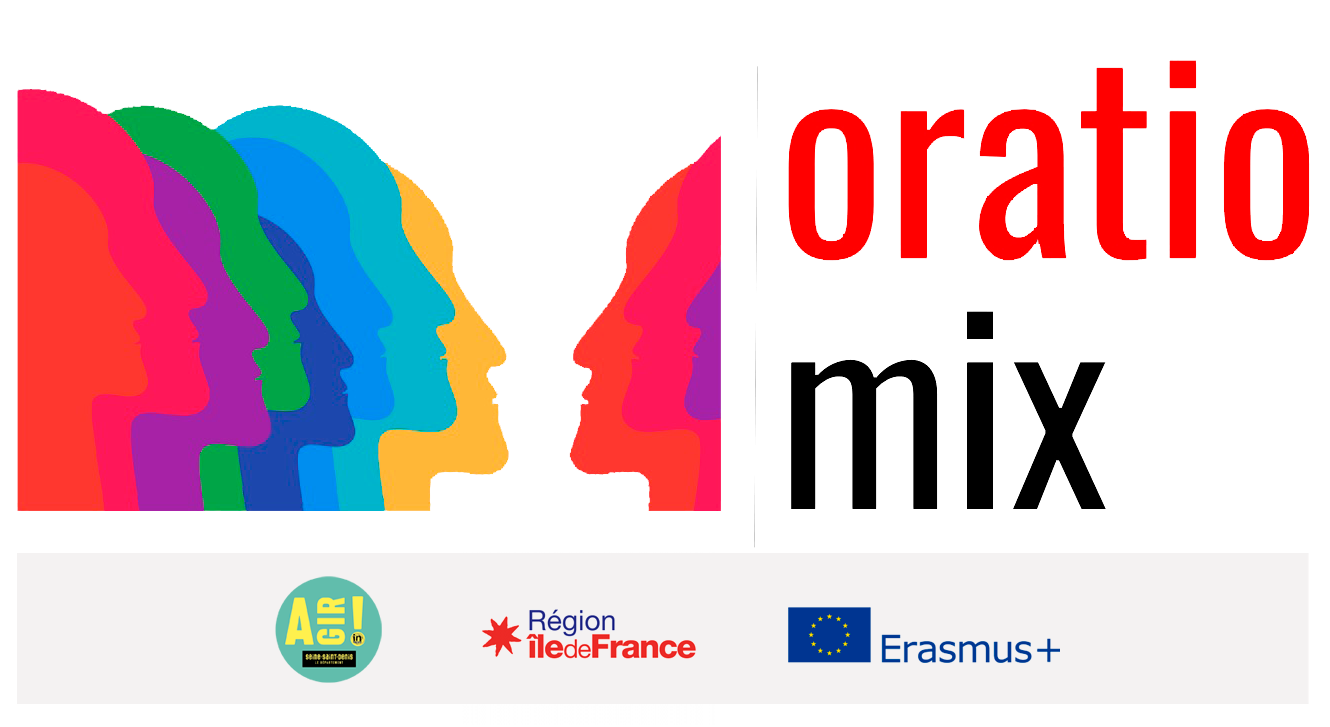Workshop 3 : La Soupe aux cailloux
Implementation: what do we need?
– History and illustrations of Pebble Soup
– Album A Pebble Soup by Anaïs Vaugelade
– Upstream: ask students to draw the story their parents preferred as children
– A workspace: the room provided must be large enough and arranged in such a way that it can accommodate all participants and allow freedom of movement, the workshop requiring physical commitment.
The participants
Primary students between 7 and 10 years, the group not exceeding 30 students
Speaker
School teacher, educator, theatre teacher
Objectives of this workshop
discover that the same story can have different versions
learn to exchange a story (listening and restitution)
Time required
60-90 minutes
We recommend 60 minutes for 7-8 year olds and 90 minutes for 9-10 year olds.
Implementation
The workshops use techniques from the visual arts, theatre and body expression.
Finality
At the end of the session, children will have:
realized that a story depends on who tells it
Work on listening and speaking in public
1. Start session
The clap
In a circle, the children pass a clap to their neighbor. e (one claps in his hands) while making the circle. For the clap to pass, students must look each other in the eye before clapping their hands!
2. Story Board
Construction of storyboards: the class is divided into 3 or 4 groups. Each group is given a tale they know well: Little Red Riding Hood, The 3 Little Pigs, Cinderella…
3. Parents' history
Each child’s drawings of the stories they collected from their parents are displayed. We first let the class look at the drawings. Then we ask if some people recognize stories through the drawings. Students are asked to describe what they see on those who have not been recognized. Differences in representation are pointed out on drawings that illustrate the same story. Thus, one must be able to review each drawing, and thus have heard each student who will validate or invalidate a suggestion, and even tell the story to make it discover to his comrades if necessary.
4. Histories
The class is divided into two equal groups.
The first group reads the album Une Soupe aux cailloux by Anaïs Vaugelade
The second group reads the Kamishibaï of La Soupe aux cailloux
Then, each group must, according to the painting principle seen above, tell its version of the story to the other group.
Finally, the facilitator asks the students questions so that they can answer. s note the differences in the treatment of history in both versions:
Who are the characters?
Where is the story?
Why are the animals/villagers afraid?
How is the soup made in each version?
How does the story end?
5. End of ritual
Clapping
The. a leader stands opposite the other members of the group in order to be seen by all. He/she positions his arms horizontally and will clap his hands above his head. The others must imitate him at his/her pace. Then, little by little, he.elle will accelerate until reaching applause.
